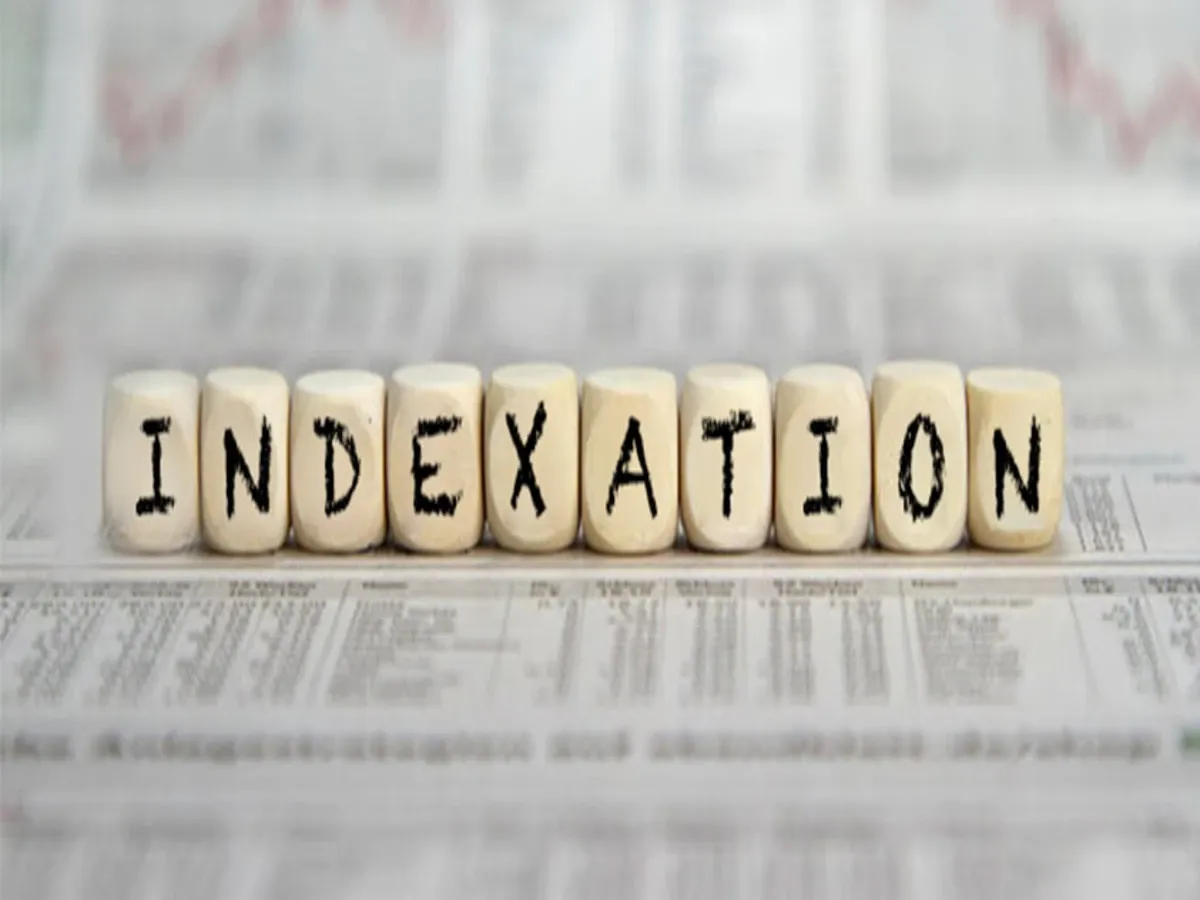Personal Finance News
Here’s how indexation benefits investors and reduces tax liabilities
.png)
5 min read | Updated on July 24, 2024, 10:58 IST
SUMMARY
Tax indexation adjusts asset purchase prices for inflation, reducing taxable gains and lowering investor tax burdens. It is important for long-term capital assets like property and mutual funds, offering significant savings by reflecting real economic gains over time.

Here’s how indexation benefits investors and reduces tax liabilities
Indexation helps investors estimate the total gains or losses on their investments by adjusting the purchase price for inflation. This adjustment allows for the calculation of real gains or losses. It increases the purchase price, which can lead to higher returns from the investment portfolio.
Indexation is particularly useful for reducing the taxes paid on gold, debt mutual funds, and house property. By accounting for inflation, indexation lowers the taxable capital gains, thereby reducing the overall tax burden.
What is tax indexation?
Indexation is a method to adjust the price of an asset or investment to account for inflation. This adjustment uses a cost index chart. By adjusting the purchase price through indexation, the taxable returns on the investment decrease, reducing the tax liability. This reduction in tax liability results in higher net returns for the investor.
For example, you bought a house 15 years ago in March 2009 for ₹35 lakh and sold it in March 2024 for ₹83 lakh. Your Gain on sale of the house in ₹48 lakh. However, you may think that considering the inflation has risen so much and prices of houses have gone up due to inflation also, it would be unfair if you have to pay tax on ₹48 lakh. The government thus provides relief in the form of allowing you to index (increase) the purchase price of the house concerning inflation. A higher purchase price means lesser profits, which effectively means a lower tax.
Role of Inflation
Understanding indexation is crucial for investors as it helps in saving taxes. To get the benefit of indexation, one must first understand inflation, which is the rise in prices of goods or services over time.
For example, if something costs ₹9 today, it might cost ₹10 tomorrow and ₹11 next month. This means that the purchasing power of ₹100 decreases over time. In terms of taxation, indexation adjusts the purchase price of an investment for inflation, reducing capital gains and thereby lowering the tax burden on investors.
Over the last 40 years, inflation is around 6% to 7%. An item of ₹100 equals ₹1,497.45 after 40 years of purchasing power with an average inflation rate of 7% in 2024. This decrease in purchasing power due to inflation highlights the impact on money value over time. When considering taxes, it is important to note how inflation affects the real value of income and savings, making it necessary to adjust for inflation when planning finances and investments.
How is Indexation Beneficial for Tax Payers?
The indexation benefit applies to long-term capital assets, allowing taxpayers to adjust the purchase price of an asset for inflation between the buying and selling dates. Each year, the government releases the Cost Inflation Index (CII) figures, which can be found on the Income Tax Department's website. This adjustment helps calculate the capital gains for tax purposes by reflecting the asset's inflation-adjusted value.
Indexed cost is calculated as –
Cost of Asset ÷ CII in the year of purchase × CII in the year of sale In our above example, the cost of a house is ₹35 lakh.
The CII in the year of purchase is 137 and in the year of sale is 363.
Now, if we add the indexation benefit, the indexed cost of the house is ₹92.73 lakh (₹35 lakh ÷ 137 × 363) and you pay tax on indexed income of ₹27.27 lakh (₹120 - ₹92.73) and not on ₹85 lakh.
The tax liability here will be ₹5.45 lakh ( ₹27.27 x 20% - long term capital gain tax on house property).
Let's consider the tax implications of Sharan and Shubham's investments over five years. In March 2019, both invested ₹20 lakh:
Sharan in a Fixed Deposit (FD) at 7% interest and Shubham in a Debt Mutual Fund, which also yielded a 7% Compound Annual Growth Rate (CAGR).
By March 2024, both had earned ₹8,05,103 in pre-tax income, resulting in a total redemption amount of ₹28,05,103.
For both, being in the 30% tax bracket, the tax on the FD income would be ₹2,41,531. However, Shubham benefits from the Debt Mutual Fund's tax treatment. Long-term capital gains (for holdings over 36 months) are taxed at 20%, and he can apply indexation, increasing his investment's cost base to ₹25,92,857 (₹20 lakh ÷ 280 x 363).
Thus, Shubham's taxable gain is ₹2,12,246, resulting in a tax liability of ₹42,449 and Sharan's taxable gain is ₹8,05,103 which incur tax liability of ₹2,41,531. By leveraging the indexation benefit, Shubham is paying less tax than Sharan as the difference between the tax liability of both is ₹1,99,082 (Sharan Tax Liability = ₹2,41,531, Shubham’s Tax Liability = ₹42,449).
The above examples are only for understanding purposes. From April 1, 2023, the rules of taxation for debt mutual funds have changed. According to the new tax rules, indexation benefits will not be available to "specified debt mutual funds" where equity investments do not exceed 35% of their assets under management. However, investments made before April 1, 2023 are still eligible for indexation benefits for long-term capital gains.
The above indexation benefit is available on various long-term capital assets such as gold, debt mutual funds, house property, etc.
By signing up you agree to Upstox’s Terms & Conditions
About The Author
Next Story

